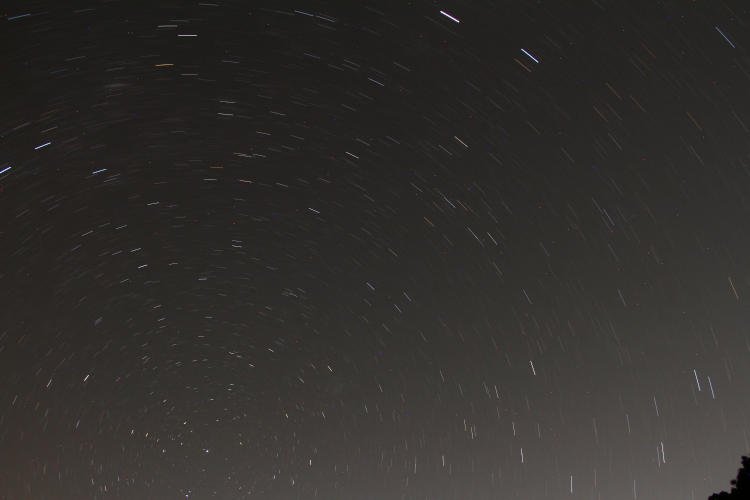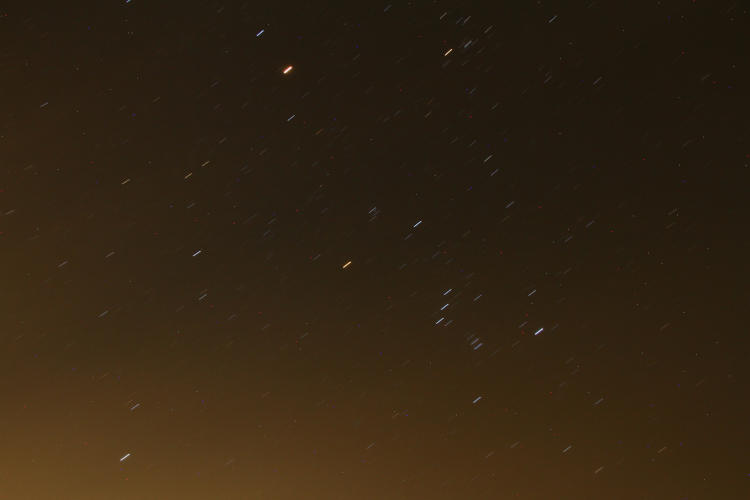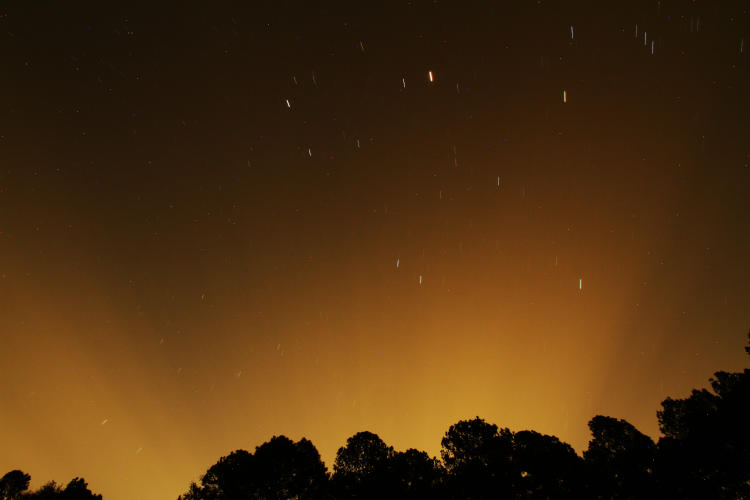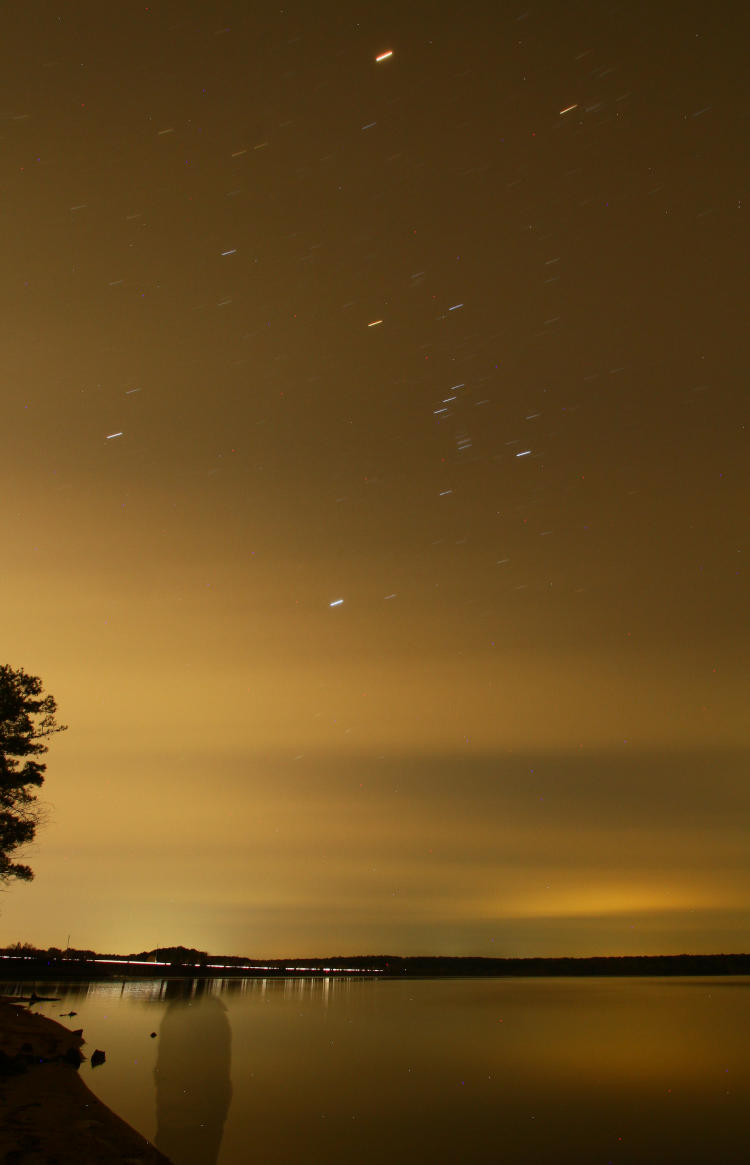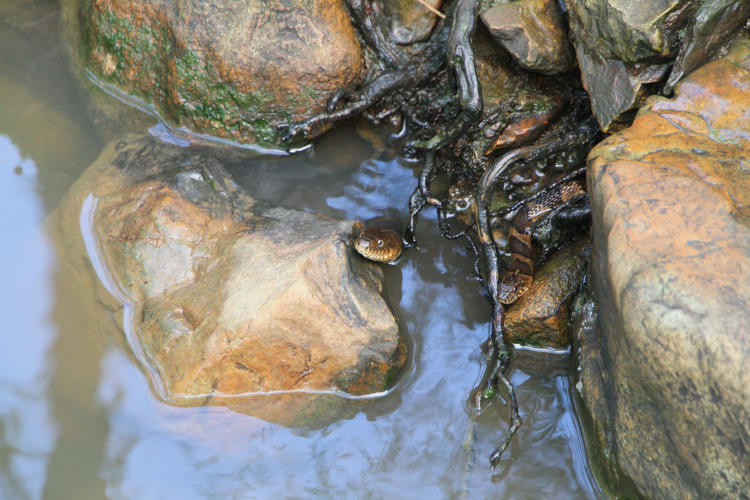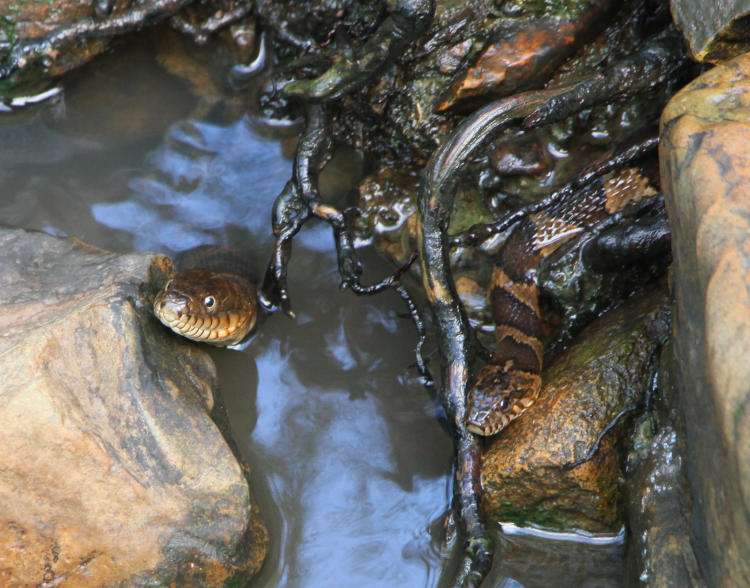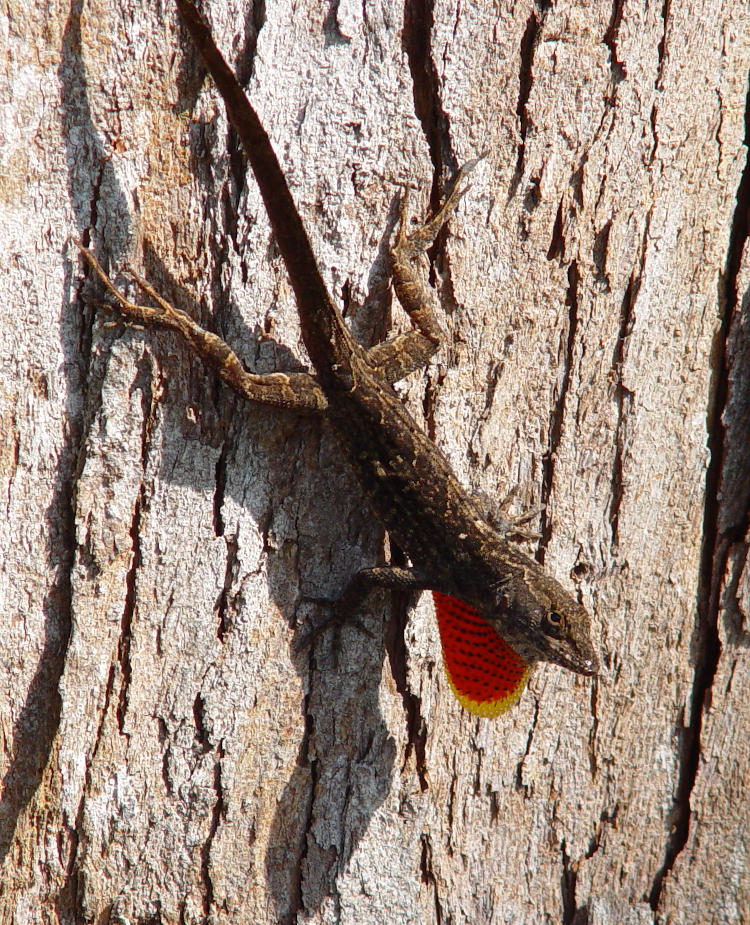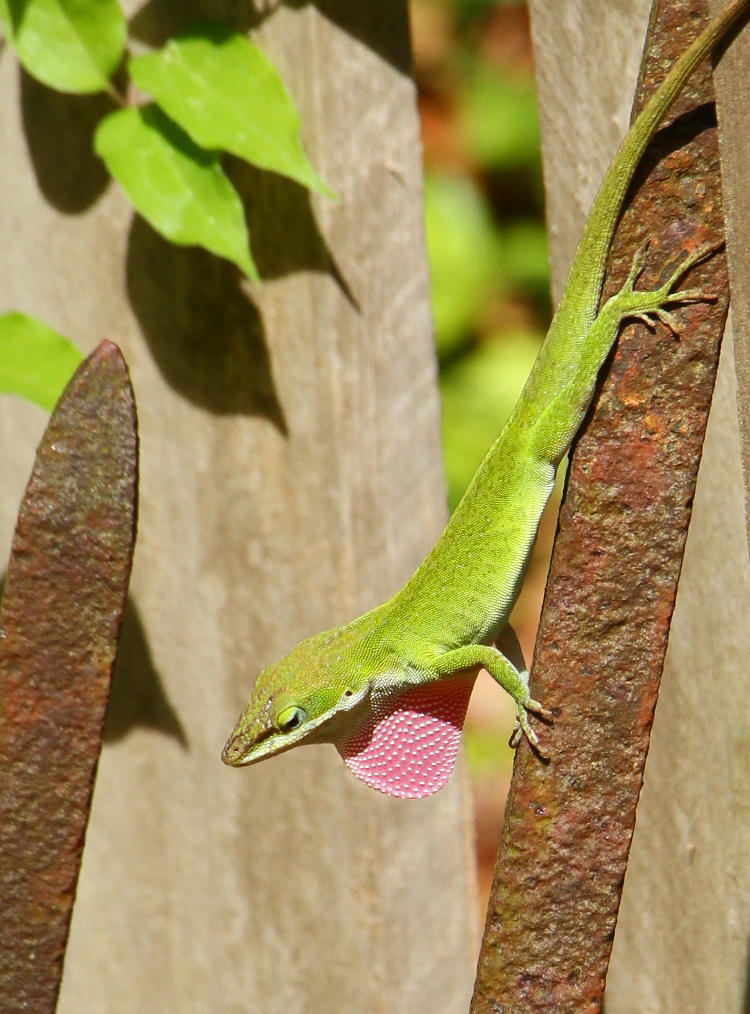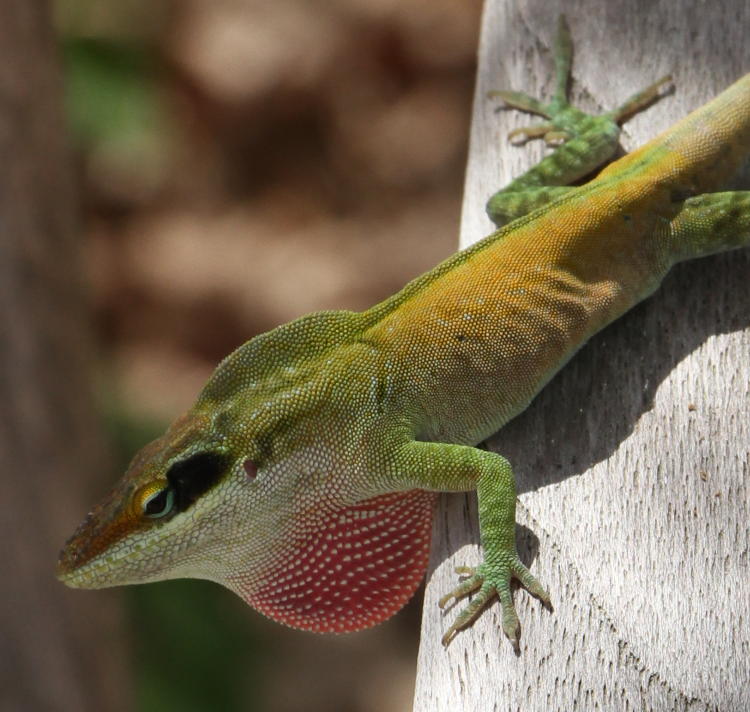
The opening image today comes from September, 2013, the ornate façade of the Cotton Exchange building in downtown Savannah, Georgia. I couldn’t begin to tell you the names of architectural styles, and I’m very much in favor of artistic efforts coming after full functionality has been established (having moved too much furniture into someone’s idea of a ‘dynamic’ layout with stupid landings on the stairs,) but there’s a lot to be said for the character of this period, in comparison to the majority of office buildings today. And it’s one of the reasons why this section of Savannah is meticulously maintained as an historic district.
But we notice that the light is muted and overcast, lending a somber air to the scene and not producing a whole lot of color. This speaks to us in subconscious ways, and can affect how we feel about a particular view regardless of what it’s actually of. When you think about it, this is almost silly, because it’s only light, and while it’s associated with weather, is that really all that different? We see rain all the time, it’s no big deal, but try telling our subconscious that.
Now we see it a mere two minutes later.

Knowing the timeframe, it’s obvious that the clouds were scattered and moving fast, permitting bursts of sunlight and overcast interspersed. Now the color has popped a bit, and the contrast and shadows have increased significantly, all of these changing the appearance and mood of the exact same subject. It’s also clear, though perhaps not consciously noted, that the light is coming from the left and thus the building is facing into the light, which is a subtle positive aspect, while the oblique sidelighting makes the ornamentation sharper and almost tactile. I often point out to my students that high-contrast light is for textures and surfaces, while low-contrast light (hazy to overcast) is for colors; this is partially because cameras, and especially monitors, still have a narrow dynamic range, the amount they can vary between their brightest and darkest registers, so the increased contrast of bright sunlight can actually cause colors to bleach out while shadows deepen far too much. It would have been great if I’d had a flower bed in the foreground to demonstrate both of these in one photo, but while it was entirely possible (given how manicured this section of Savannah is) to have found something in the vicinity to use in this way, I wasn’t thinking about it at the time. I know, what a slacker.
You might also have noticed that the sky in the latter image has darkened, but it might not have – with the increased light on the building, the shutter speed increased, which would have darkened the unchanged sky. So, it’s darker in the image, but perhaps not in reality – I’ll let you classify that as you wish.




















































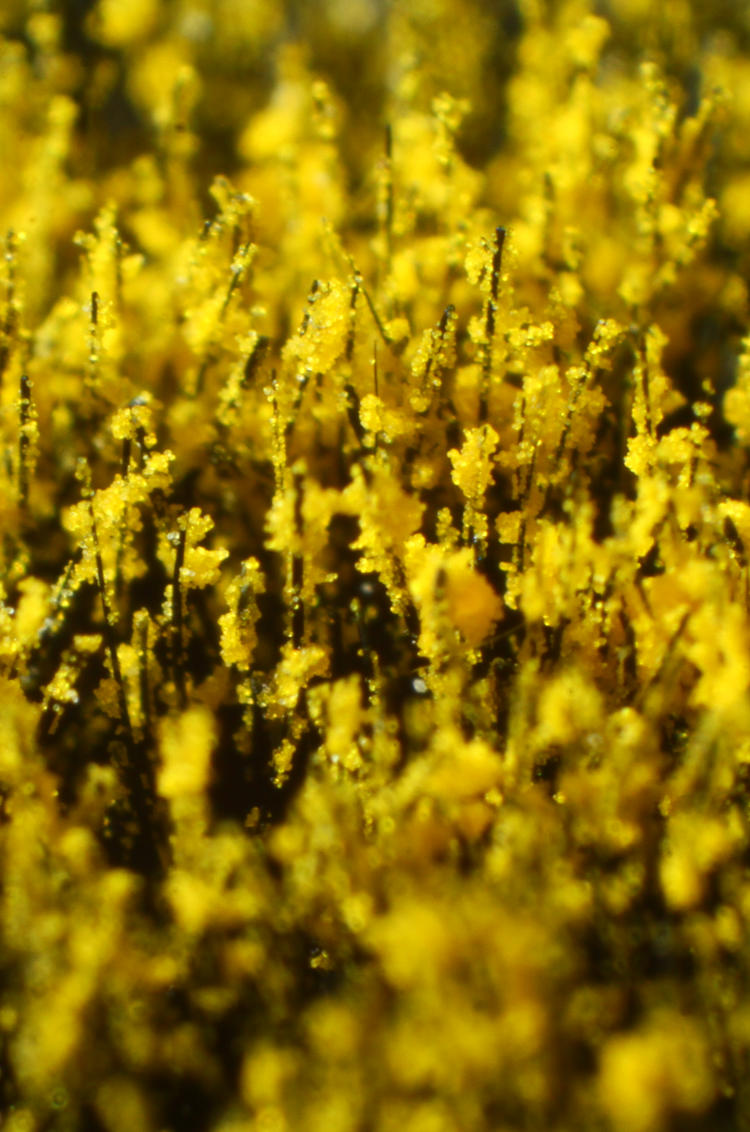
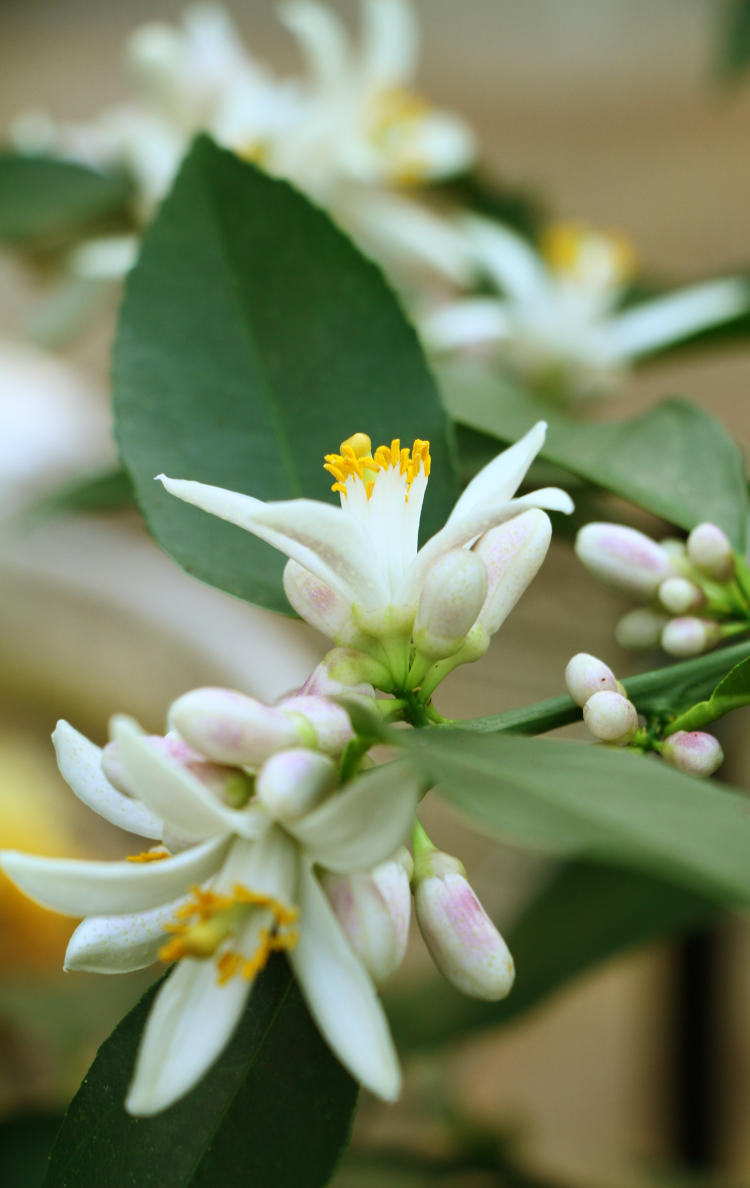
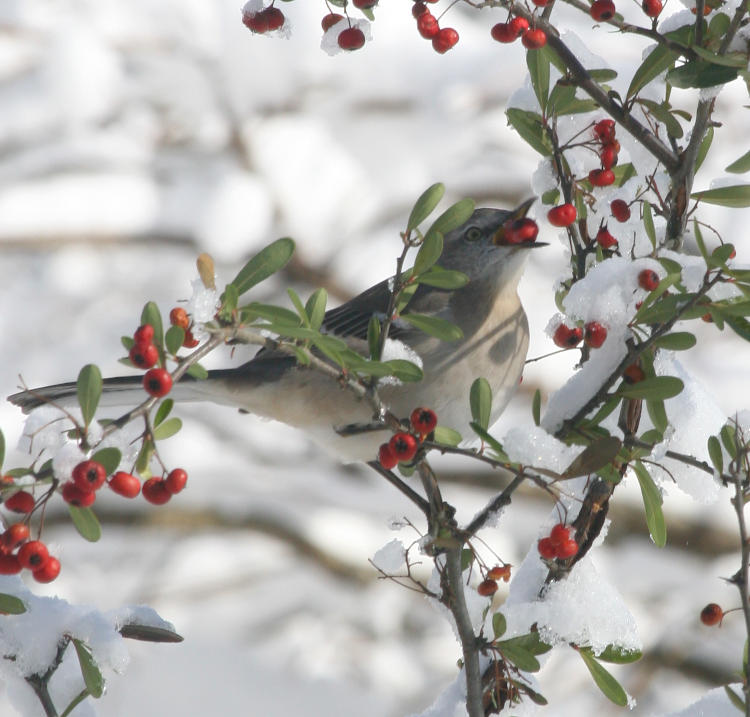
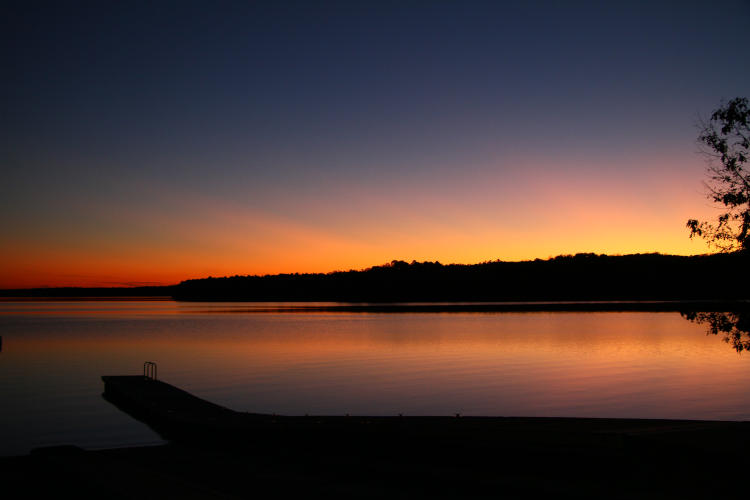
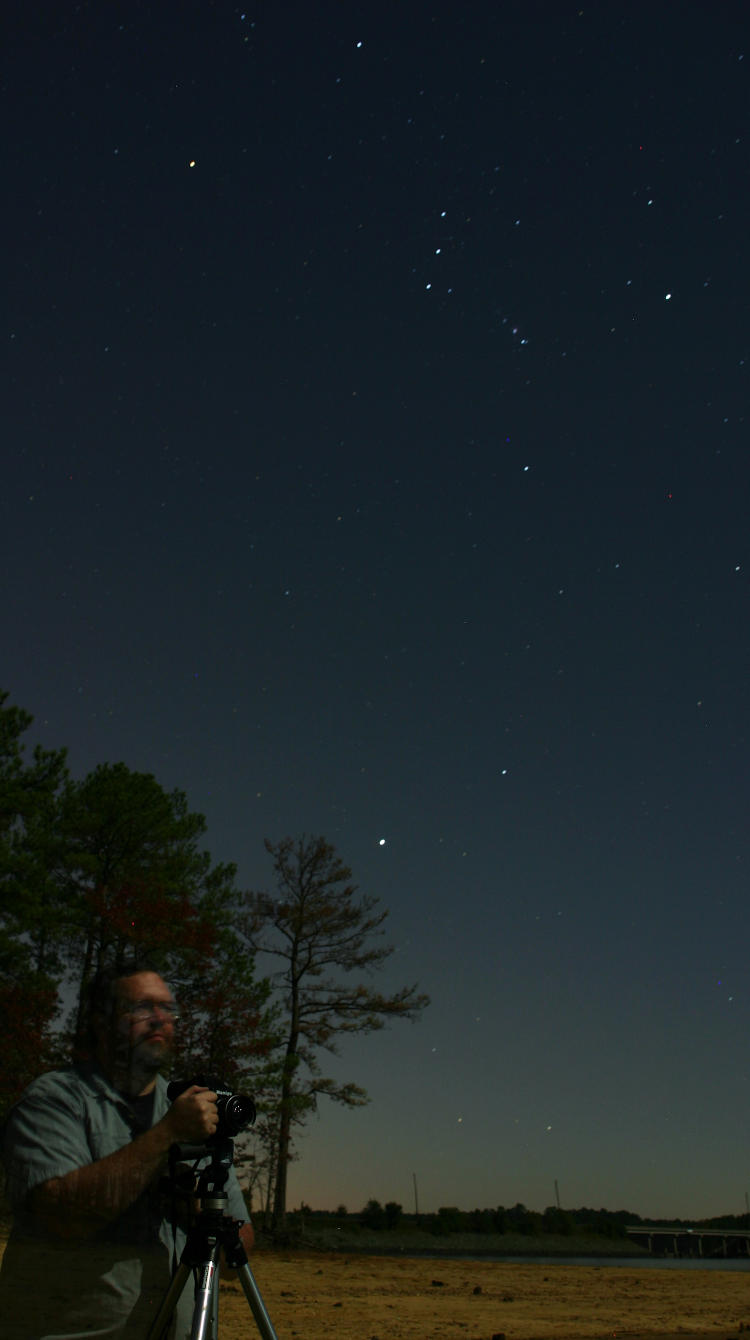
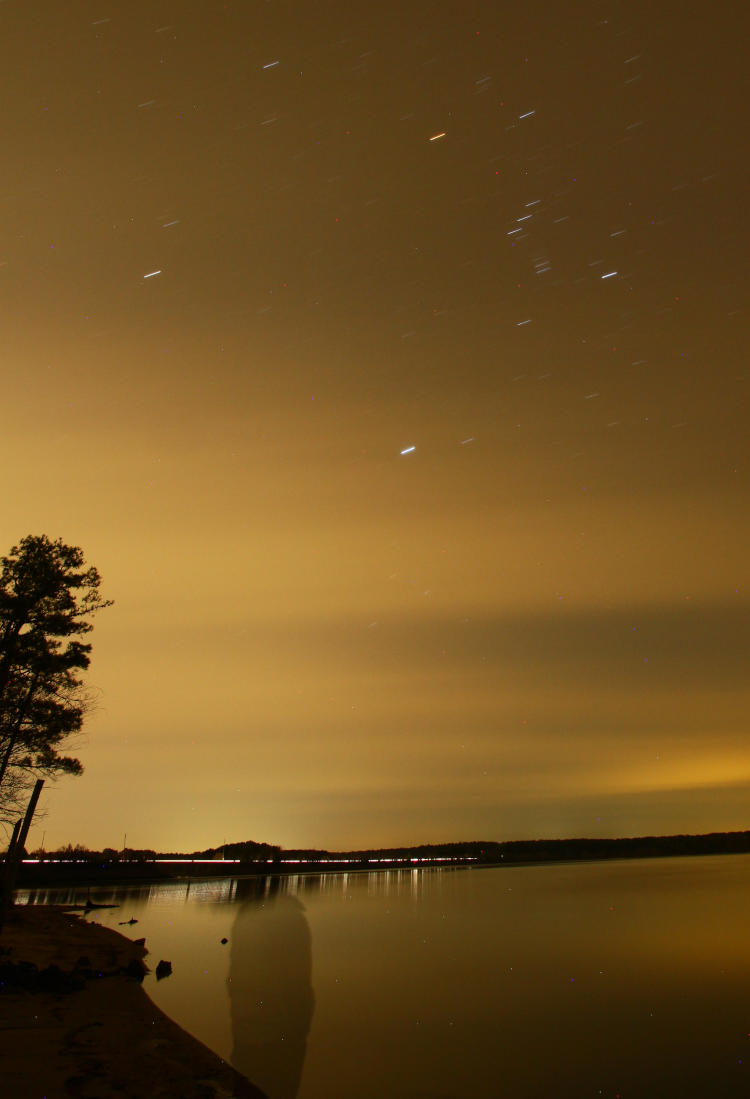


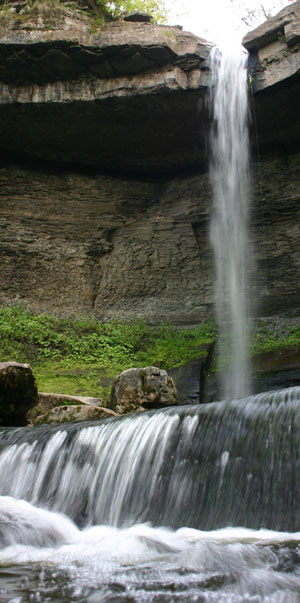 I don’t know who these people are, but they did manage not to fall in.
I don’t know who these people are, but they did manage not to fall in. 